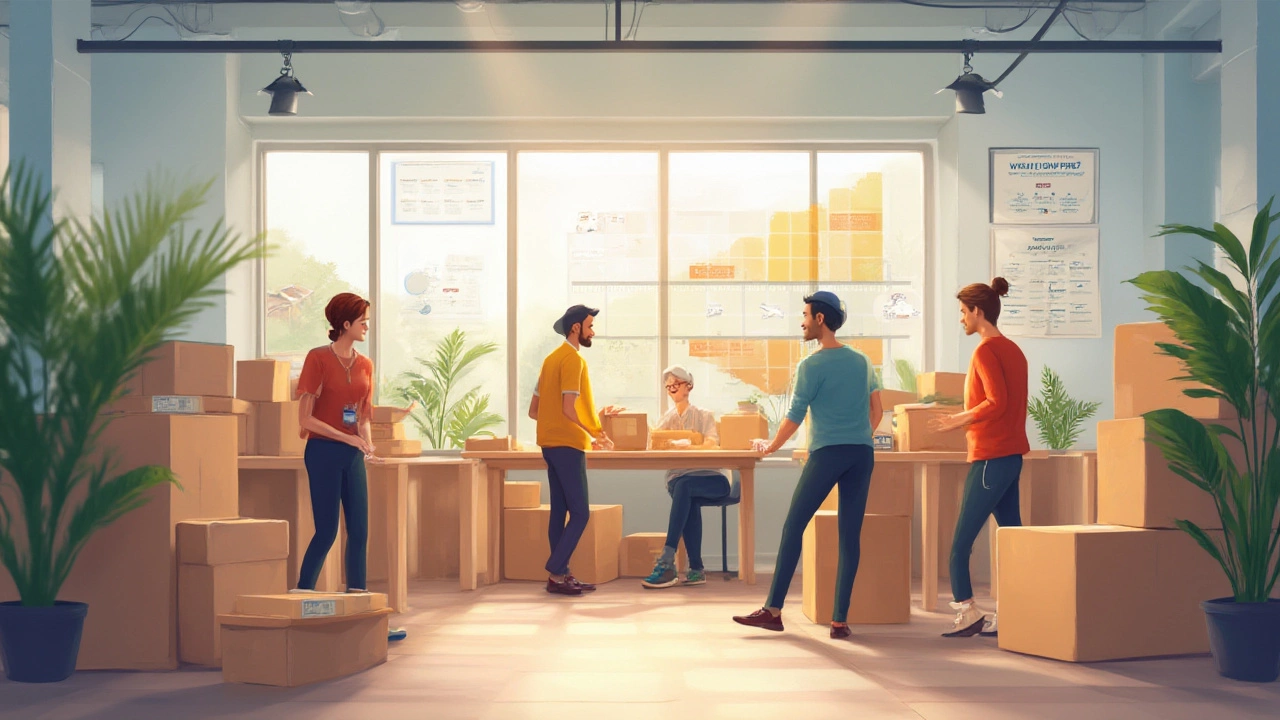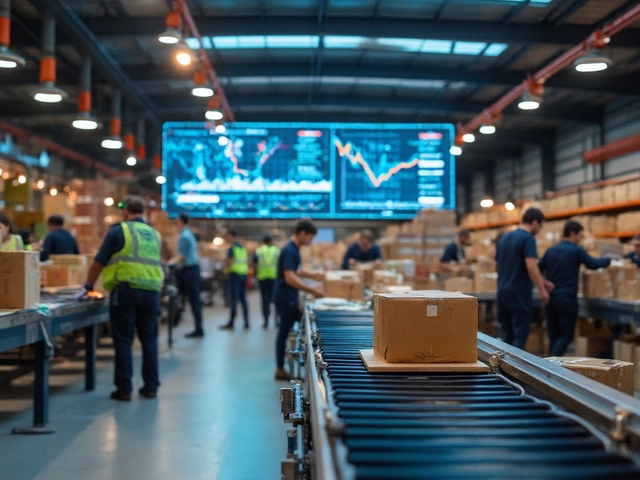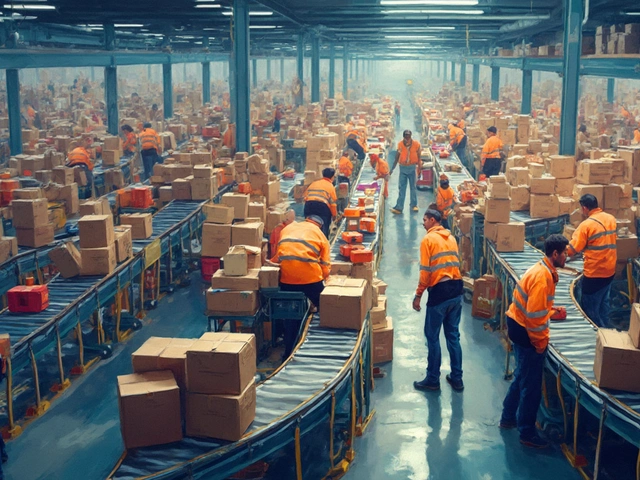Online Store Logistics Made Simple for 2025
Running an e‑commerce shop isn’t just about great products; it’s about getting those products to the customer fast, cheap and safe. When you nail the logistics side, you see fewer returns, happier buyers and better margins. Below you’ll find straight‑forward steps you can take right now to tighten every link in your supply chain.
Choosing the Right Logistics Tools
First up, pick software that actually fits your business. A Warehouse Management System (WMS) helps you track stock, pick orders and avoid out‑of‑stock headaches. Pair it with a Transportation Management System (TMS) to compare carrier rates, schedule pickups and automate label creation. Most modern platforms also include demand‑planning modules, so you can forecast sales spikes and stock up before the rush.
If you’re still on spreadsheets, you’re leaving money on the table. Look for tools that integrate with your shop’s cart, pull order data automatically and give you real‑time visibility of every package. Many solutions even offer a free trial, so you can test the fit before committing.
Mastering Last‑Mile Delivery
The final stretch – from the local depot to the customer’s front door – is where most complaints happen. Keep an eye on carrier cut‑off times; missing a FedEx or UPS deadline can add a day to delivery and cost you a bad review. Use the data from your TMS to pick the cheapest overnight option for each region and avoid overpaying for premium services you don’t need.
Consider a hybrid approach: use big carriers for long‑distance legs, then hand off to a regional courier for the last mile. This can shave minutes off delivery windows and often reduces fees. Don’t forget to communicate clearly with customers – a simple SMS update with a tracking link reduces “where’s my package?” queries by half.
International orders add another layer. Check the latest DHL vs USPS pricing for 2025; often, the slower but reliable service wins on cost for low‑value items. Make sure you understand customs paperwork early to avoid delays at the border.
Shipping costs can creep up quickly. A quick look at the UPS 5lb rate guide shows that adding insurance, extra handling or oversized fees can double the price. Pack tightly, label correctly and choose the right service tier to keep expenses predictable.
Sustainability is becoming a buying factor. Many shoppers now prefer retailers that offset carbon emissions or use reusable packaging. Small changes – like right‑sizing boxes and consolidating orders – cut waste and can improve your brand image.
Finally, keep measuring. Track metrics like order‑to‑ship time, delivery success rate and cost per parcel. Use those numbers to negotiate better rates with carriers or to decide when it’s worth investing in a dedicated fleet.
By tightening software, mastering the last mile and watching costs closely, your online store can deliver faster, cheaper and greener. Ready to boost your logistics game? Start with a quick audit of your current tools and see where the biggest gaps are – the improvements will speak for themselves.
July 3, 2025
Evelyn Wescott
0 Comments
Struggling to choose a shipping partner for your ecommerce store? Discover the best shipping companies, compare options, pros, cons, pricing, and actionable tips—all in one place.




